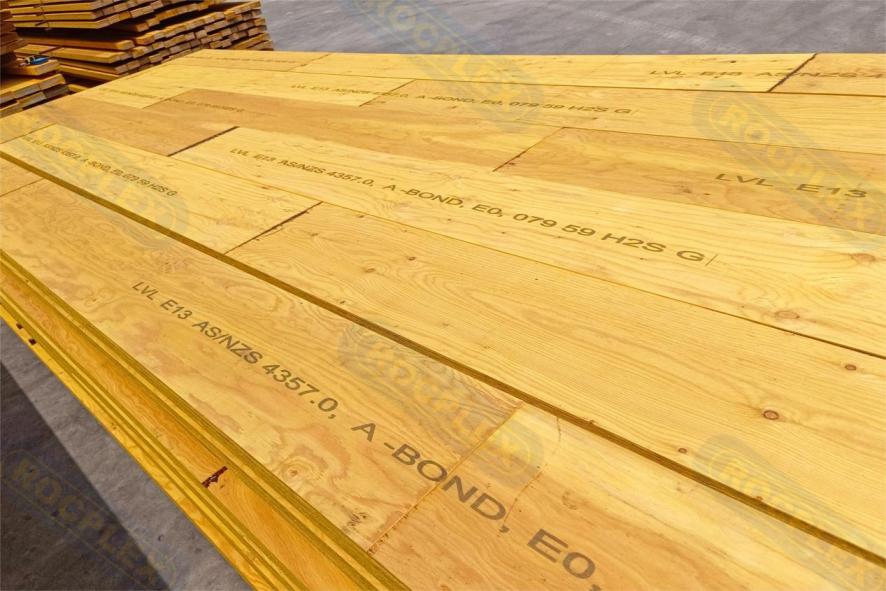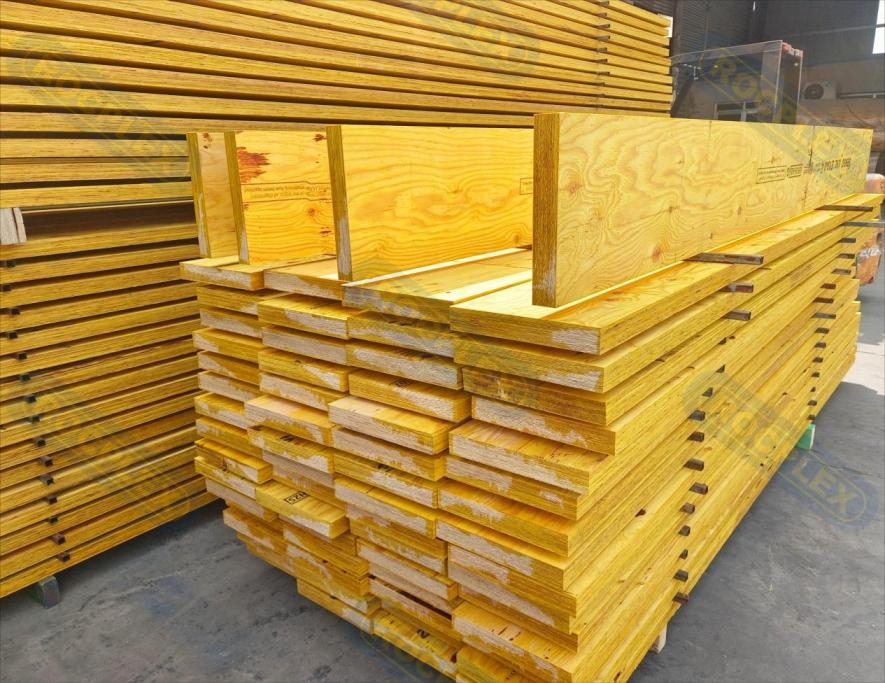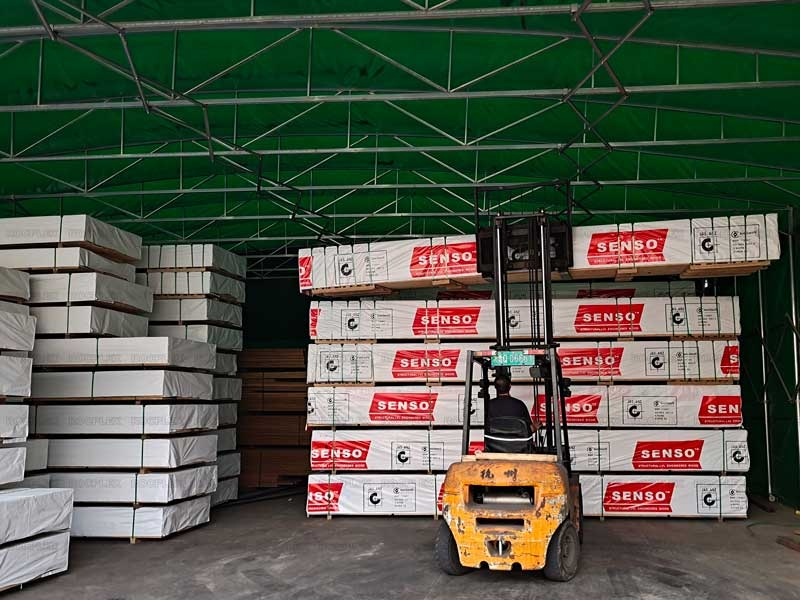In the world of construction, the quest for materials that seamlessly blend strength and durability often leads to laminated beams. These engineered wood products have become synonymous with reliability in the structural domain. Let’s delve into how laminated beams provide the much-needed answers to questions about strength and durability.
1. Strength in Layers:
Laminated beams derive their robustness from a carefully orchestrated layering process. By bonding multiple layers of wood veneers with high-quality adhesives, manufacturers create a composite material that surpasses the inherent weaknesses of traditional wood. This layering technique ensures uniform strength throughout the beam, making it a reliable choice for load-bearing elements in construction.
2. Durability Through Adhesive Bonding:
One of the key elements contributing to the durability of laminated beams is the quality of the adhesive used in the lamination process. The adhesive forms a strong bond between the wood layers, creating a cohesive and resilient structure. This bonding not only enhances the load-bearing capacity but also provides resistance against environmental factors, such as moisture and temperature fluctuations.
Understanding Laminated Beams: A Fusion of Strength and Innovation

Laminated beams, often referred to as laminated veneer lumber (LVL), are engineered wood products that epitomize the marriage of strength and innovation. These beams are crafted by bonding together thin layers of wood veneers with adhesives. The result is a composite material that exhibits enhanced strength, durability, and dimensional stability compared to traditional solid wood beams.
The manufacturing process involves arranging the veneers in a parallel pattern, with each layer oriented in the same direction. This method mitigates the natural weaknesses found in wood, such as knots and irregularities, ensuring a consistent and reliable product. The adhesive used in the lamination process is a crucial element, providing a strong bond that withstands various environmental conditions and stresses.
Laminated Beams: Design Tricks Unveiled
Designing with laminated beams opens up a realm of possibilities for architects and engineers. The inherent strength and stability of laminated beams allow for innovative design tricks that may not be achievable with conventional materials.
1. Curved and Arched Structures:
Laminated beams can be easily shaped into curves and arches, providing architects with the flexibility to design aesthetically pleasing and structurally sound buildings. This is particularly advantageous in creating unique and eye-catching architectural elements.
2. Long Spans:
One of the standout features of laminated beams is their ability to span long distances without sacrificing structural integrity. This makes them an ideal choice for creating large, open spaces in buildings, such as sports arenas, auditoriums, and airport terminals.
3. Customizable Sizes:
Laminated beams can be manufactured in a wide range of sizes and dimensions, offering designers the flexibility to customize their projects according to specific load-bearing requirements. This adaptability ensures that laminated beams can meet the demands of diverse construction applications.
Laminated Beams: Applications Beyond the Ordinary
The versatility of laminated beams extends far beyond traditional construction practices, finding applications in various sectors.
1. Residential Construction:
Laminated beams have become a popular choice in residential construction for their strength and dimensional stability. They are frequently used in floor joists, rafters, and headers, contributing to the overall structural integrity of modern homes.
2. Commercial Buildings:
In the realm of commercial construction, laminated beams shine in applications where long spans and open spaces are essential. From shopping malls to office complexes, laminated beams provide the structural backbone for large and architecturally ambitious projects.
3. Bridges and Infrastructure:
Laminated beams play a vital role in the construction of bridges and other infrastructure projects. Their ability to withstand heavy loads and environmental stresses makes them a reliable choice for ensuring the longevity of critical structures.

How Are Laminated Beams Redefining the Boundaries of Rooftop Gardens?
In the realm of sustainable and green architecture, laminated beams are playing a pivotal role in redefining the boundaries of rooftop gardens. These structural elements contribute to the creation of sustainable and aesthetically pleasing green spaces atop buildings.
1. Sustainable Support for Green Roofs:
The strength and load-bearing capabilities of laminated beams make them ideal for supporting the additional weight of rooftop gardens. From garden beds to walkways, laminated beams provide the structural foundation necessary for the implementation of green roof designs, contributing to urban sustainability initiatives.
2. Enhancing Outdoor Spaces:
Laminated beams facilitate the creation of dynamic outdoor spaces on rooftops. By offering a stable and durable framework, these beams enable architects to design rooftop gardens that not only enhance the visual appeal of a building but also provide recreational areas for occupants.
Laminated Beams: Are You Missing Out on the Next Evolution in Building Materials?
As construction practices evolve, the spotlight is increasingly turning toward laminated beams as the next evolution in building materials. With their strength, durability, and design versatility, laminated beams are becoming a staple in modern construction, and those who haven’t embraced them may indeed be missing out.
Staying Ahead of the Curve: Builders and architects who adopt laminated beams position themselves at the forefront of a construction revolution. The ability to construct longer spans, create innovative designs, and contribute to sustainable practices sets laminated beams apart as a material that defines the future of construction
What’s the Environmental Impact of Choosing Laminated Beams Over Other Materials?
In an era where environmental sustainability is paramount, the impact of construction materials on the planet is a crucial consideration. Laminated beams, with their engineered composition and manufacturing processes, present a compelling case for those looking to reduce their environmental footprint.
1. Sustainable Wood Sourcing:
Laminated beams often utilize sustainably sourced wood, contributing to responsible forestry practices. Manufacturers, including Xuzhou ROC International Trading Co., Ltd. (ROC), are increasingly committed to ensuring that the wood used in laminated beams comes from responsibly managed forests, minimizing deforestation and promoting the long-term health of ecosystems.
2. Reduced Carbon Footprint:
Compared to some traditional building materials, the production of laminated beams generally results in a lower carbon footprint. The energy-intensive processes involved in manufacturing steel, for instance, can contribute significantly to greenhouse gas emissions. Opting for laminated beams can be a step toward a more environmentally friendly construction approach.

Conclusion
In conclusion, laminated beams have emerged as a structural marvel, redefining the possibilities in construction and design. Their strength, versatility, and innovative design tricks make them a go-to choice for architects and engineers seeking durable and customizable solutions. As the demand for sustainable and high-performance building materials continues to rise, laminated beams stand at the forefront of the structural evolution, shaping the skylines of tomorrow.
Post time: 12 月-08-2023

